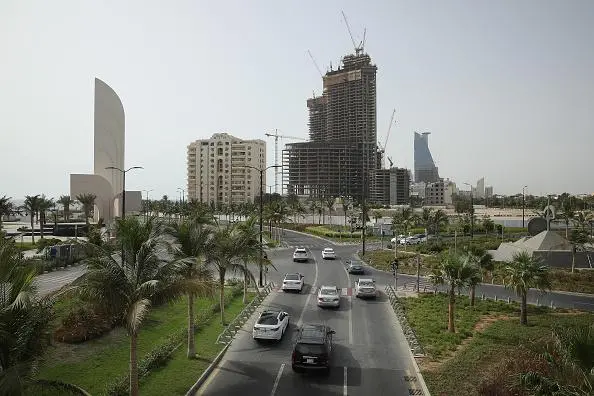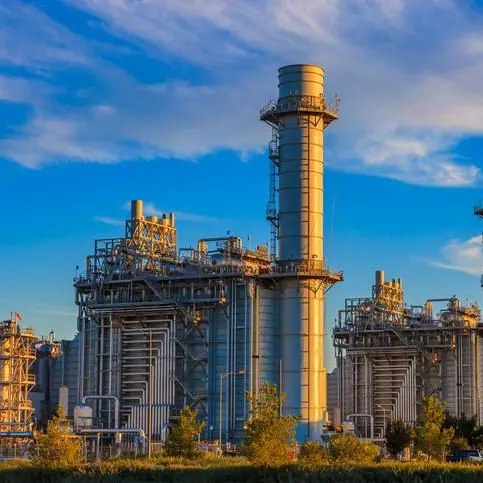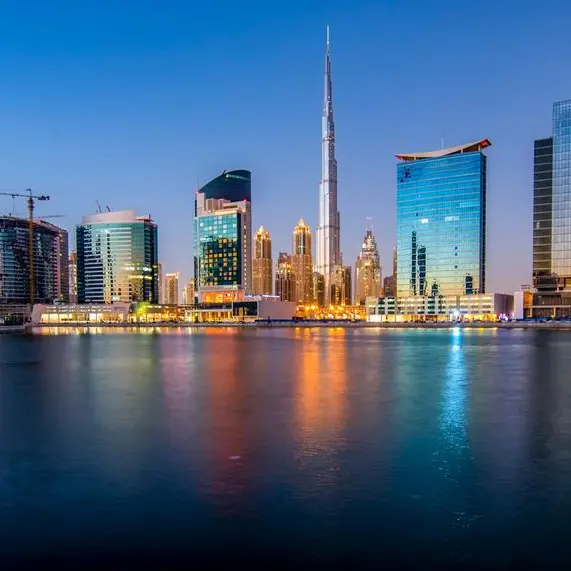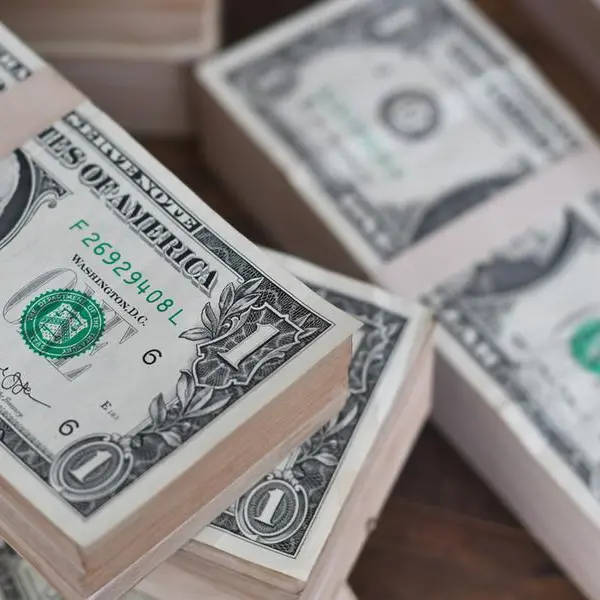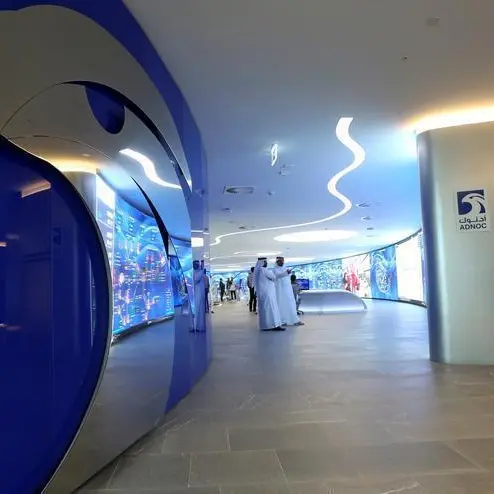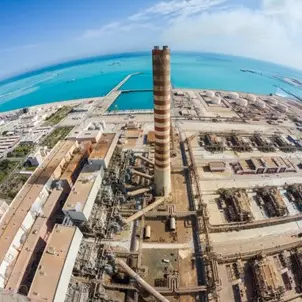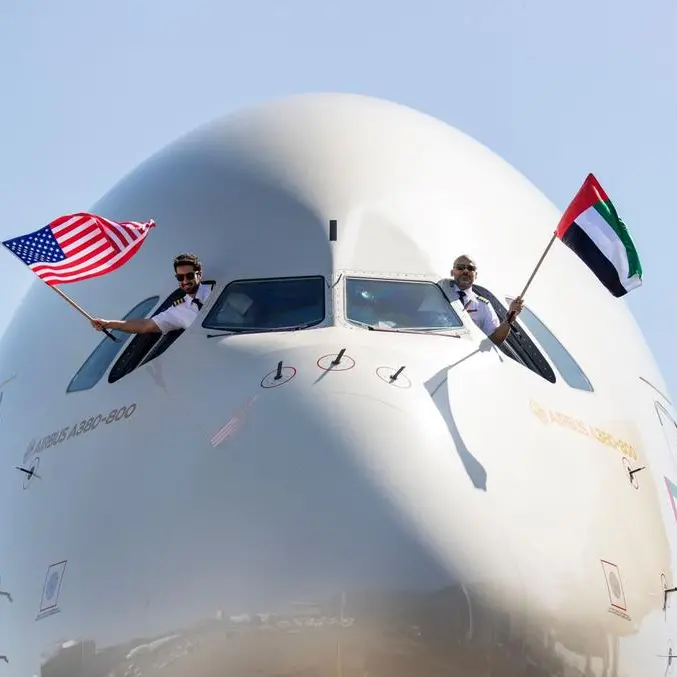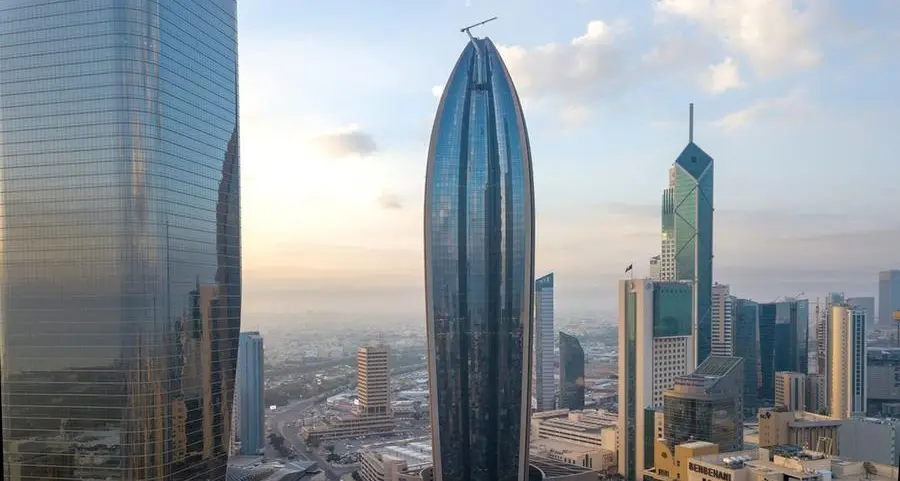PHOTO
Saudi Arabia, the Arab world's largest economy, is expected to witness growth in the future on the back of the government’s continued efforts to increase spending efficiency and enhancing public-private partnerships.
In its Kingdom of Saudi Arabia Budget report, KPMG KSA said that while the budget expenditure is steering towards a downward trajectory until 2022, they believe that the decline in the expenditure will not affect the future growth of the country’s economy.
Saudi Arabia, the Arab world's largest economy, is expected to witness growth in the future on the back of the government’s continued efforts to increase spending efficiency and enhancing public-private partnerships.
The Ministry of Finance (MoF) said that expenditure in 2020 is estimated to be a slight fall in spending, reversing Riyadh's three years of expenditure increases intended to spur non-oil economy growth. Despite the oil market volatility, which had some impact on the expenditure, the government has made notable progress on the Vision Realisation Programmes (VRPs), said KPMG KSA.
The allocation of over SAR 1 trillion budget expenditure for 2020 demonstrates the government’s commitment to drive economic growth. The Public Investment Fund (PIF) and the National Development Fund (NDF), Saudi Arabia’s investment vehicles are expected to take a lead role in investments locally.
In line with the Kingdom’s expenditure, once proceeds from Saudi Aramco’s SAR 96-110 billion IPO flow to the PIF as well as its 70 per cent stake sale in SABIC for SAR 259 billion is completed, the two transactions will also contribute raising the level of capital spending within the domestic economy by the Saudi sovereign wealth fund significantly.
THE BALANCING ACT
Saudi Arabia published the annual pre-budget statement in October 2019 which contained the revised revenue and expenditure projections for 2019-22 under the Fiscal Balance Programme (FBP). The Kingdom is targeting lower spending over the three-year forecast horizon for the first time since the FBP was launched in 2016.
Moody’s stated that together with more realistic revenue assumptions, the planned expenditure cuts increase the likelihood that the government will achieve its balanced budget objective by 2023.
Furthermore, Saudi Arabia said that the current medium-term expenditure estimates reflect the fiscal policies adopted by the government that balance fiscal sustainability and economic growth while allocating spending towards sectors with higher economic and social return.
The government intends to reduce expenditure by increasing public spending efficiency, reprioritisation and extending the execution of some of the capital spending programmes. However, analysts said that achieving this goal might prove a daunting task for the Kingdom.
Saudi Arabia’s medium-term expenditure estimates also strive to achieve a balance in the sources of growth by strengthening the role of the private sector.
Moody’s said that under the revised FBP, the government aims to reduce spending by SAR 124 billion (4.2 per cent of 2018 GDP) between 2018 and 2022, a significant change from previous FBP versions, which targeted rising expenditure over the same four-year period. Saudi Arabia allocated SAR 56 billion, 5.5 per cent of the total budget, towards infrastructure development compared to 9.5 per cent in 2019.
The infrastructure development sector, part of several big projects being run by the government, is expected to bring in significant investment from the private sector.
KPMG KSA stated that mega projects such as NEOM, the Red Sea project and Qiddiya are expected to have a positive impact on the country’s economy in the medium and long term and these projects are expected to create more jobs as well as increase the private sector engagement.
The ambitious 26,500 square kilometre NEOM city will link Saudi Arabia, Egypt and Jordan. NEOM is set to have a free zone with its own customs system, special taxation as well as labour legislation and an independent judicial system subject to independent regulations to attract foreign talent and investment.
WIDENING DEFICIT
Saudi Arabia forecasted 2020 revenues at SAR 833 billion, widening the budget deficit to SAR 187 billion or 6.4 per cent of GDP compared with a projected deficit of SAR 131 billion or 4.7 per cent of GDP in 2019.
The Ministry of Finance expects the fiscal deficit for 2020 to widen, primarily due to oil market instability, however, the Kingdom is continuing its effort towards reducing the budget deficit to achieve the target of fiscal balance by 2023.
The International Monetary Fund said that the oil markets have been volatile—Brent oil price peaked at $85 a barrel in October 2018 and fell to $55 a barrel in December 2018, it rebounded to close to $75 a barrel in April 2019 and is currently trading around $60–65 a barrel.
The fund’s data shows that the world’s biggest oil exporter needs prices at about $85 a barrel to balance its budget this year and forecasted $78 in 2020.
DIVERSIFIED FINANCING STRATEGIES
According to Saudi News Agency, to cover for the 2020 budget deficit, the Kingdom authorised the Minister of Finance to withdraw from the state's general reserve account as well as issue debt instruments and all kinds of Sukuk, inside and outside of Saudi Arabia.
The government has increased debt issuance in previous years to achieve fiscal sustainability and stability as well as to balance financing sources between debt and government reserves. Additionally, to improve the local debt market, the government has taken numerous steps including listing government debt instruments on Tadawul and appointing primary traders.
Fahad Al-Saif, the Head of the Finance Ministry’s Debt Management Office, said, “Most of the debt will be local and around 45 per cent will be raised overseas through Sukuk and conventional bonds.” In its pre-budget statement, the ministry of finance said that international markets will remain the principal financing source to ensure the sustainability of Saudi Arabia’s access to the debt markets.
Furthermore, the Kingdom also launched the first Saudi euro-denominated issuance, helping create a new yield curve for potential public and private issuers as well as diversifying the investor base. Saudi Arabia expects its public debt to reach SAR 754 billion, 26 per cent of the estimated GDP in 2020, and 11.2 per cent higher compared to the previous year (SAR 678 billion).
The debt-to-GDP ratio remains below the government’s National Transformation programme 2020 target, wherein a ceiling of 30 per cent was put on public debt as a percentage of GDP, said KPMG KSA.
REAL GDP GROWTH IN 2020
The MoF expects real GDP growth in 2020, 2021 and 2022 to be 2.3 per cent, 2.2 per cent and 2.3 per cent respectively. According to KPMG KSA, real GDP growth in Q1 2019 was 1.7 per cent and both the oil sector and the non-oil sector witnessed a growth of one per cent and 2.1 per cent, respectively.
While the real GDP and the non-oil sector GDP witnessed a growth of 0.5 per cent and 2.9 per cent in 2Q19, the real oil GDP declined by three per cent due to the downward fall of the oil market.
The IMF projected real oil GDP growth in 2020 to rise as crude oil production increases and the Jizan refinery becomes fully operational, while non-oil growth slows with fiscal consolidation. In the medium term, non-oil growth is projected to strengthen to around three per cent as reforms yield dividends and real GDP growth to settle around 2.5 per cent.
ECONOMIC DIVERSIFICATION
The Kingdom’s Vision Realisation programmes (VRPs) that underpin Vision 2030 are moving from design to implementation. The World Bank said that reforms are beginning to have a positive impact on the economy and non-oil growth is picking up. Saudi Arabia’s structural reforms are beginning to have a positive impact on the economy and non-oil growth is picking up.
The Kingdom’s economic diversification plan is being supported by government spending on large infrastructure projects planned under Crown Prince Mohammed bin Salman’s ambitious economic transformation plan which is expected to have a positive spillover effect on the private sector.
PIF, with around $320 billion AUM on behalf of the government, is financing several mega-developments including the $500 billion NEOM City, Qiddiya and the Red Sea Development Company's mega tourism project. Saudi Arabia will receive an uplift in the non-oil private sector as a result of hosting the G20 summit in 2020.
However, the Kingdom remains exposed to global economic developments such as the US-China trade war, no-deal Brexit as well as regional geopolitical tensions.
© 2019 CPI Financial. All rights reserved. Provided by SyndiGate Media Inc. (Syndigate.info).
